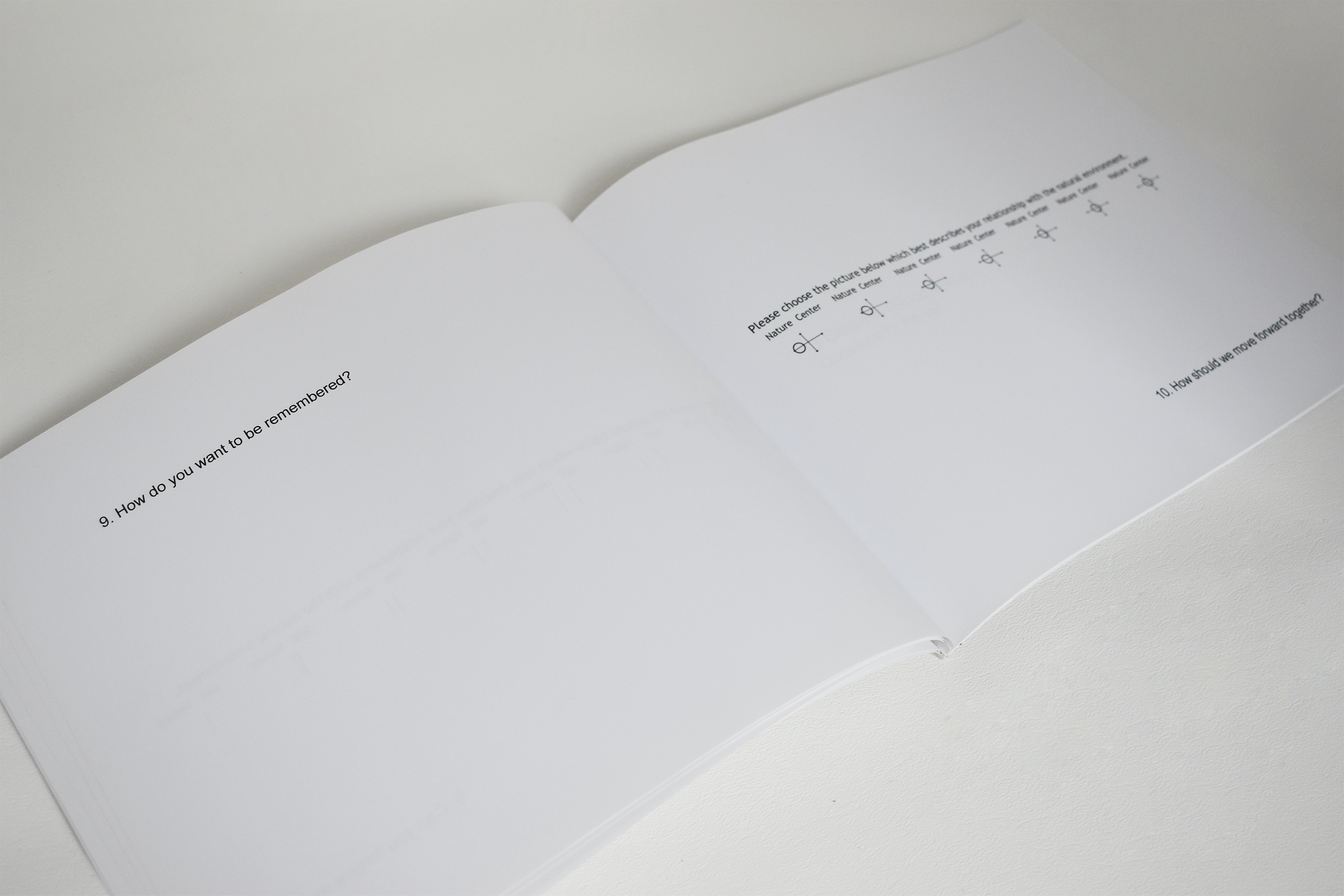0° C, -3° C
Multisensory / Virtual Reality / Installation / Animation / Research
0° C, -3° C is a multimedia project with collaborator Betsy Ruth Byers. This project consisted of 360° animation, multisensory installations, sound, and book design that aimed to create empathetic connections with the distant Rhöne glacier.
My collaborator Betsy Ruth Byers and I pair glaciological and psychological research to create interactive and immersive art spaces that promote empathy between humans and the environment. Our work has employed virtual reality and sensory stimuli to place viewers in distressed environments of receding glaciers. In this project, we studied the Rhöne glacier in Oberwald, Switzerland.
Our work together started out with a mutual curiosity about what could promote people to do good — particularly in regards to environmental issues. Previously I had been researching moral behavior and Daniel Batson’s empathy-altruism hypothesis, which states that the more empathetic concern you feel towards an individual, the more likely you are to act with altruistic intent. While this research has primarily been applied to humans, we were curious if creating empathy with the environment could, too, elicit this altruistic response.

Referencing psychological literature on the process of empathy, we aimed to evoke empathy by 1. creating an immersive environment that could take the viewer to the environment, and 2. designing an experience that would require a bodily response by exciting mirror neurons. We wanted to create an opportunity for individuals to leave their current environments, and inhabit a new one.
Virtual reality was identified as a medium that could elicit a strong empathetic response. In a series of 360° animations, we recreated experiences of the Rhöne glacier. Historically documented through paintings, Byers painted scenes of the glacier and I translated these paintings into animated, 360° experiences.
Virtual reality was identified as a medium that could elicit a strong empathetic response. In a series of 360° animations, we recreated experiences of the Rhöne glacier. Historically documented through paintings, Byers painted scenes of the glacier and I translated these paintings into animated, 360° experiences.
We recreated aspects of the glacial environment. Scents are paired with sounds, and heat lamps beam on individuals while they watch animations of glacial recession in virtual reality. In conjunction with this exhibition, we organized programming to continue the conversation of environmental issues and glacial recession, including a lecture by microbiologist Alex Michaud called, Life of a Glacier.


A book, titled after the exhibition, was designed with a series of questions to ask both the self and the glacier, aiming to create a connection to the distant body of ice. It makes reference to the Extended Inclusion of Nature in Self scale, a measure used in psychological literature to measure how much one views themselves as a part of nature.